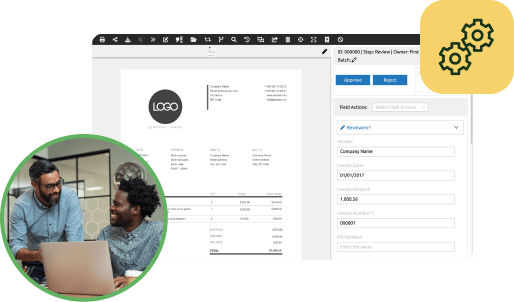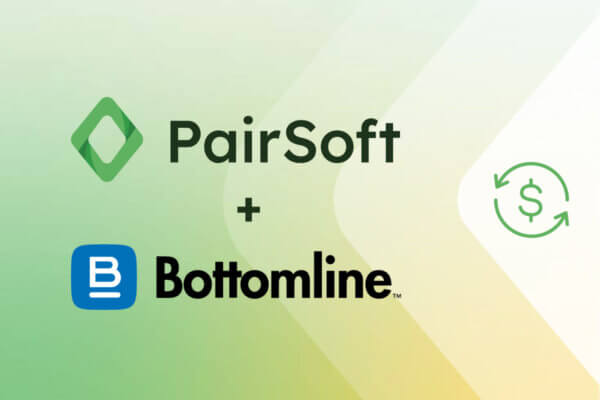The term “agile” has become a popular business buzzword over the last several years. Originally coined to describe a
software engineering strategy, agile is now applied to almost every aspect of an organization, including
agile procurement,
agile project management, and even
agile HR. It seems everyone from the sales department to the mailroom is talking about who’s more agile than whom. Despite its seeming overuse in our vernacular, becoming an agile organization remains a worthy and lofty goal. What does it mean to be an agile organization, and why does it matter? Here we consider the five trademarks of an agile organization.
What does it mean to be agile?
An agile organization is one that is quick to respond to changes. Sounds simple, but agile transformation has turned into a science, with the major business consulting firms including Gartner, Deloitte and Forrester writing extensively on the topic and even building practice areas in their consulting divisions to teach agility. Naturally, there are even agile development conferences.
The business research firm McKinsey outlines five trademarks of an agile organization: Strategy, Structure, Process, People and Technology. It’s worth reading the McKinsey’s full description of the five trademarks, but to distill them down substantially, an agile organization is one that includes a network of teams within a people-centered culture that operate in rapid learning and fast decision cycles, which are enabled by technology and a common purpose that creates value for all stakeholders.
These trademarks of agility are smart constructs, and in my role as VP for Quality Assurance at PairSoft, my team and I work to bring incorporate these elements in our approach to product development. An agile approach to development is flexible and allows for changes to be made in the project development requirements throughout the development cycle. We are supported in the effort every day by a full management team equally committed to growing an overall agile organization. However, the real value in being an agile organization is not being able to check the boxes on each underpinning tenet, but instead by using those tenets to deliver successful outcomes to customers and stakeholders.
The evolution of change is fluid
The PairSoft procurement and expense management solutions have evolved significantly since their introduction in 1995. We proudly claim a number of “firsts,” including the first web-based requisition and time & expense solutions and OCR, along with multiple integrations to leading ERP applications, including Microsoft, Sage, Oracle, SAP, Epicor, Acumatica and Blackbaud. Throughout the product’s development, there’s been one constant an unwavering commitment to delivering value to our customers. Agile thinking from the start.
Product development in 2019 is much different than it was just a few years ago. Cloud computing, mobile, machine learning and artificial intelligence are just a few of the technologies impacting, challenging and empowering DevOps teams. And they are all technologies PairSoft is leveraging to keep our solutions, our company—and our customers—agile.
Agility is part of our culture
Agility occurs in a continuum, a fluid momentum that embraces change and variability while always moving. At PairSoft, agility is part of the culture, an integral part of the management team’s vision and our development team’s approach to their work. No longer is adaptability the key to business success, you can’t just improve on the last thing you did. You have to be able to actually pivot, change and take bold new steps. You have to be agile. Customers demand it and the marketplace rewards it.
I invite you to learn more about PairSoft’s agile approach to product development, our results-oriented solutions and our commitment to our customers.






